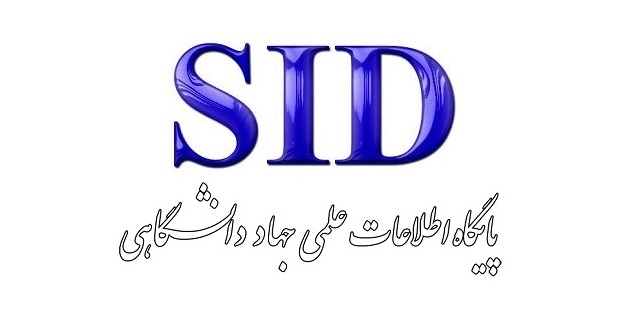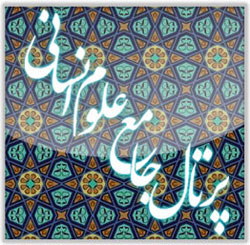The role and impact of internal and external factors in the 1910 coup
Keywords:
Coup, Reza Khan, Seyyedziaddin Tabatabai, Ironside, Ardeshir ReporterAbstract
Iran's weakness during the last three Qajar kings along with events such as the constitutional revolution which had the support of Great Britain against the interests of Russia. Zawiya-Russia Convention 1325/1907, by which Russia and Great Britain divided Iran into areas under influence. The occupation of Iran by the British, Russians and Ottomans during the First World War; The abortive agreement of 1919 between England and Iran, according to which Iran had to be partially protected. Finally, it caused a coup that brought Seyed Ziauddin Tabatabai and Reza Khan to power in 1299. This coup eventually led to the establishment of the Pahlavi dynasty in Iran. Meanwhile, the role, influence and profiteering of foreign forces cannot be ignored. The British, who saw Russia's presence in the north of the country as a serious threat to them and wanted to protect their interests in the south of Iran; Behind the scenes and secretly, this coup was planned and carried out by Iranian agents. The current study, with a descriptive-analytical approach, examines the role and impact of the people who were involved in this coup, both operationally and as theorists, as evidenced by history.







